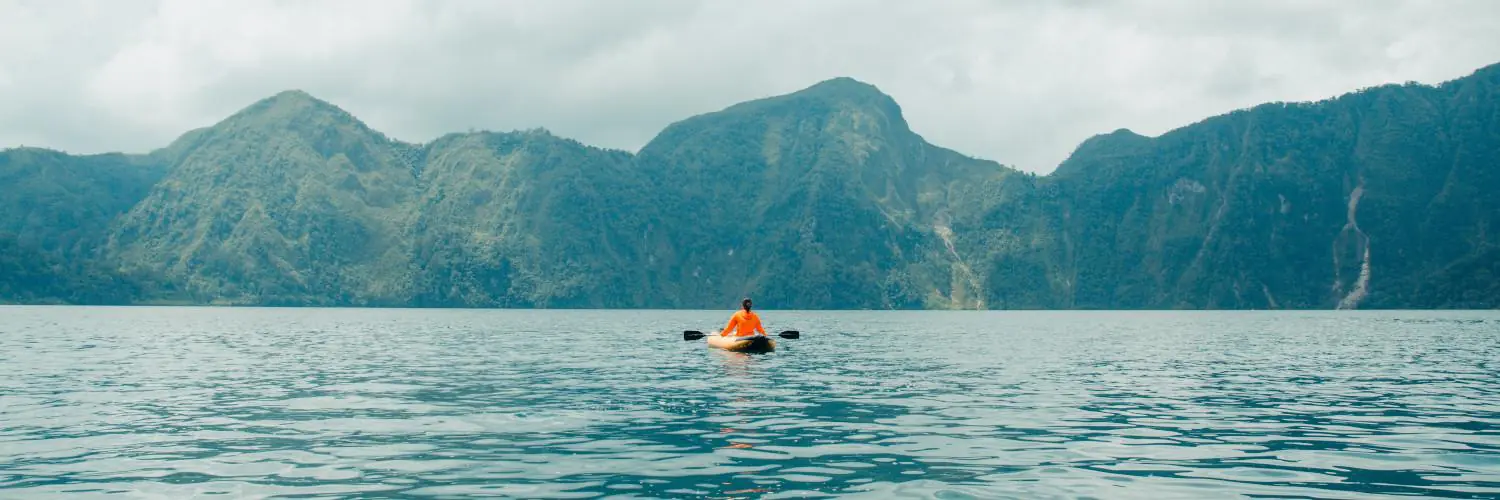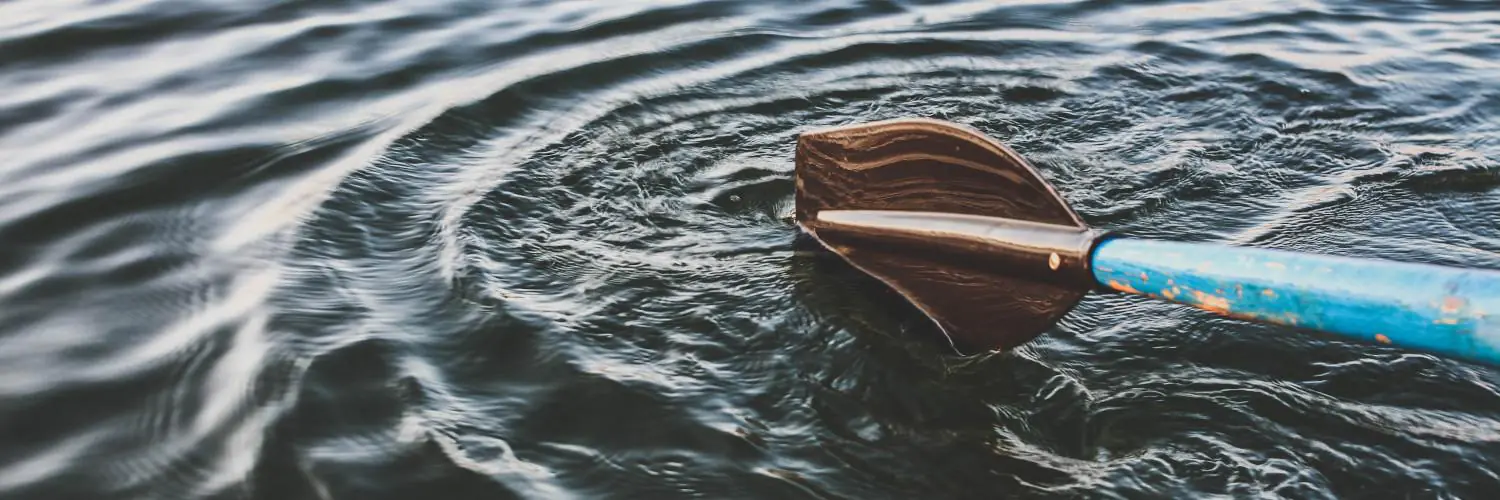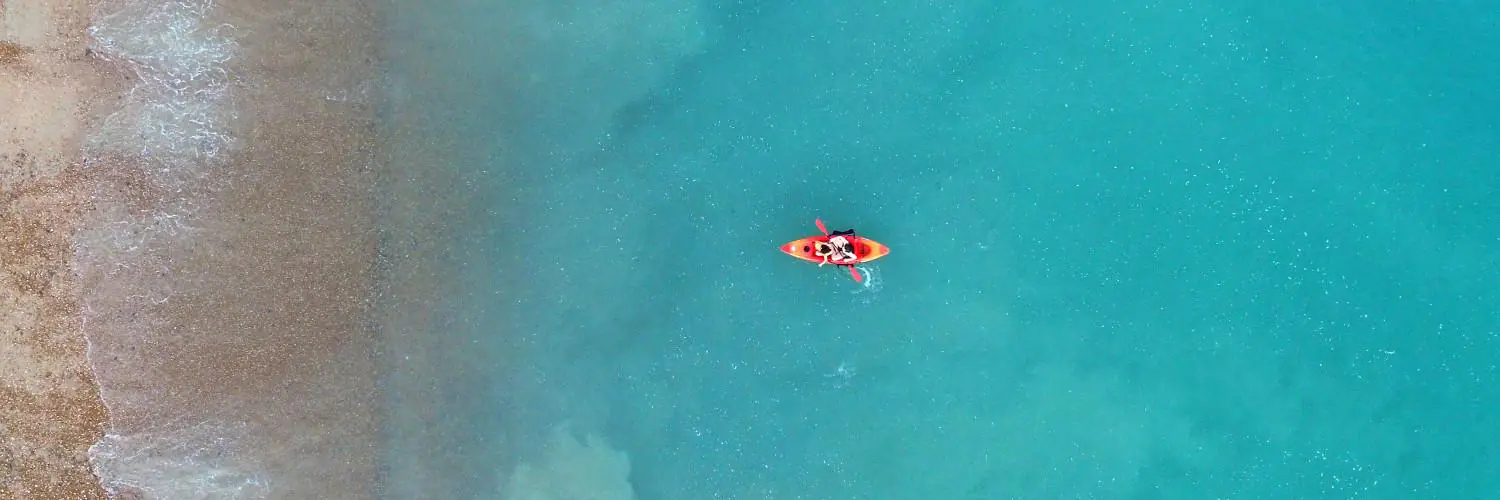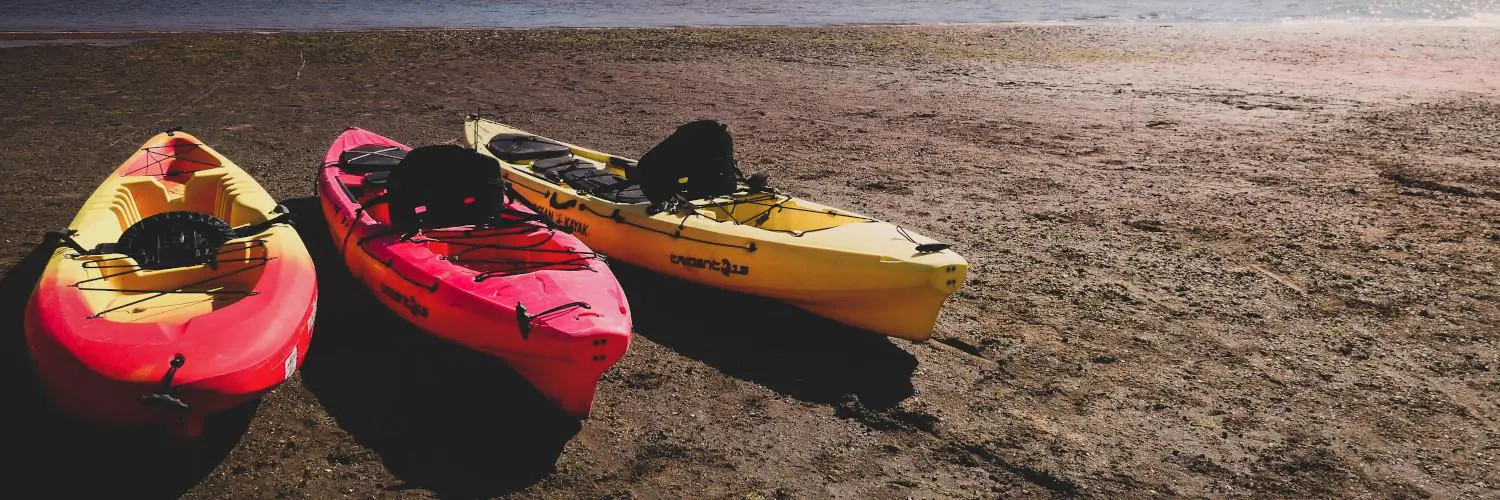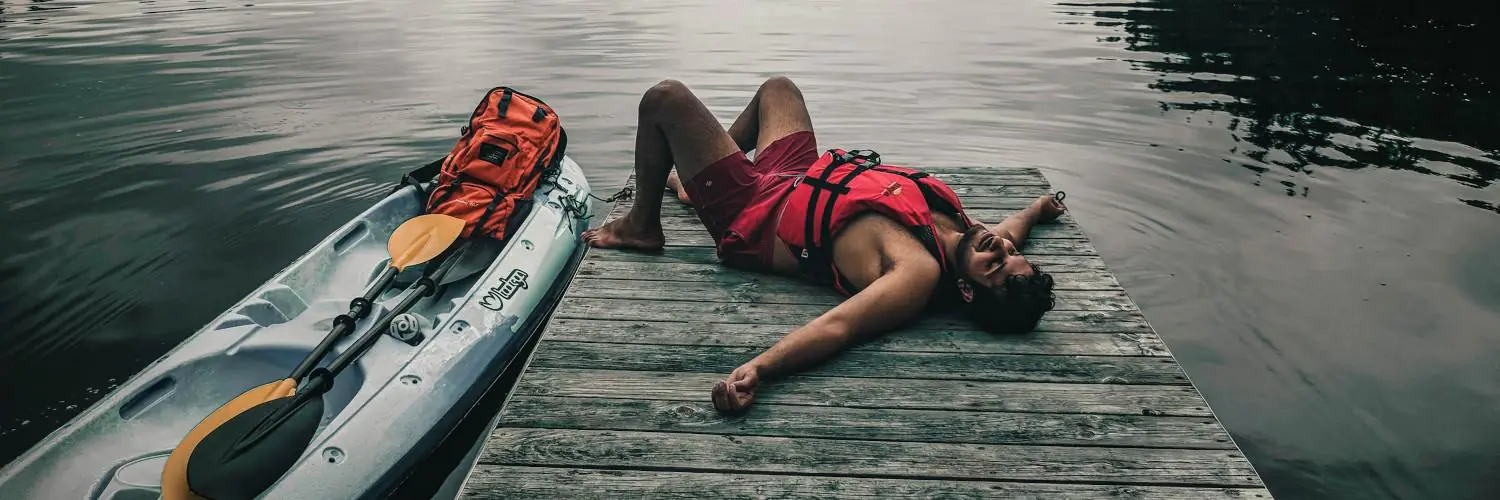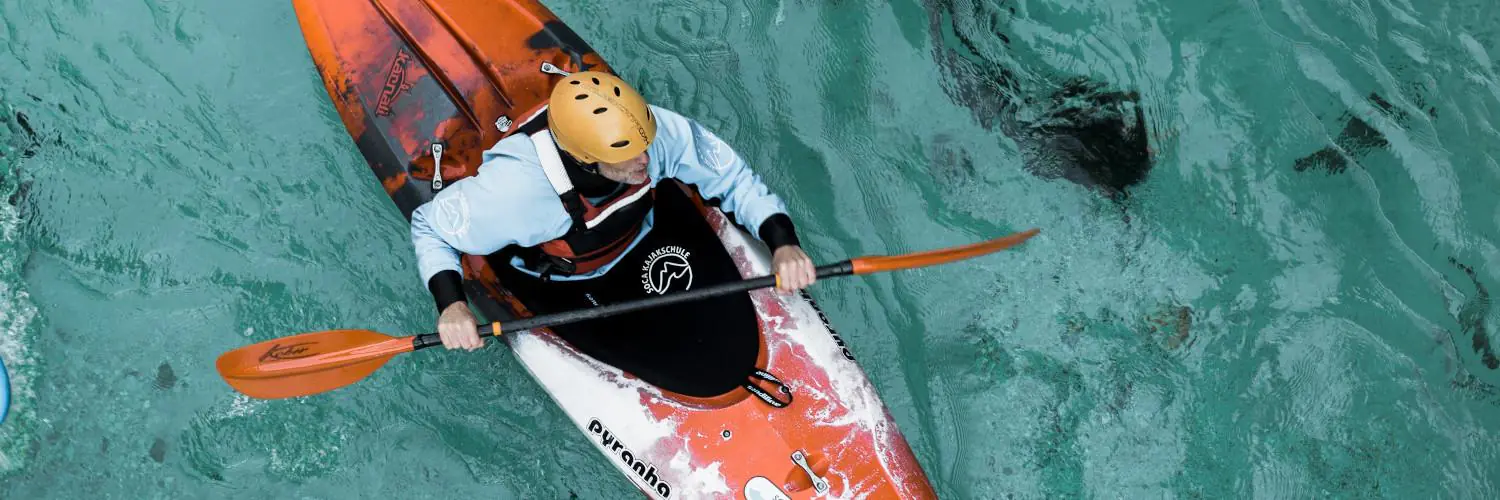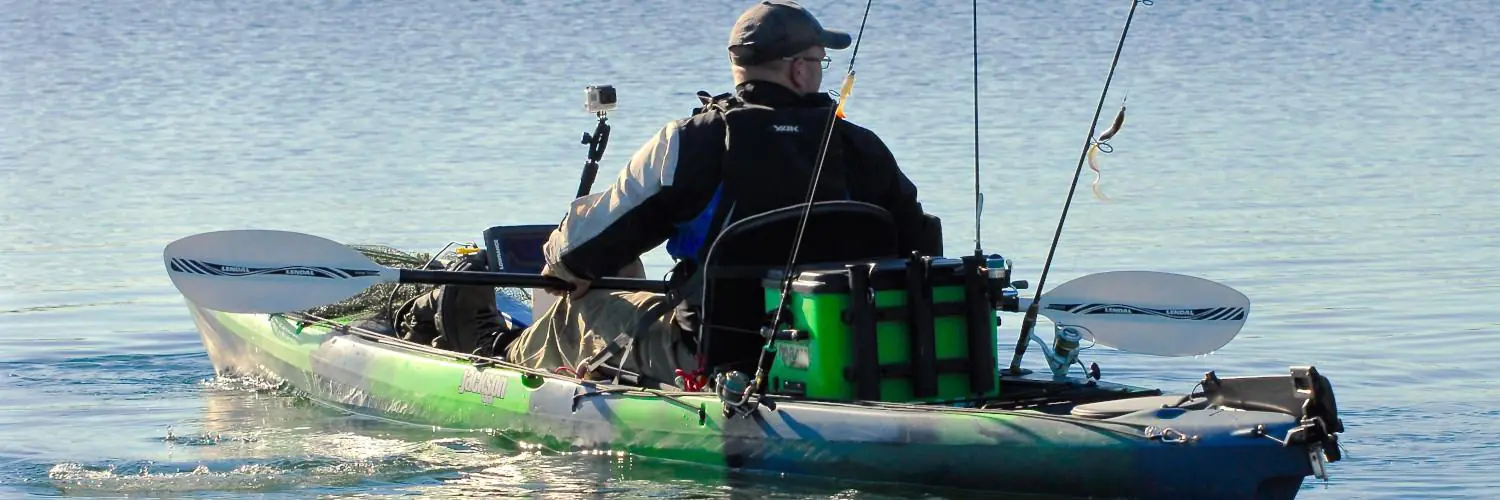In November 2020, a remarkable incident occurred in San Luis Obispo Bay where a humpback whale almost came into direct contact with a tandem kayak carrying two individuals. Julie McSorley and Liz Cottriel were out on the water among other boaters when they suddenly found themselves at the heart of a viral moment. A whale, which was presumably feeding, breached the surface and upended their kayak, creating a harrowing experience that was caught on camera and sparked widespread media attention.
The incident underscores the unpredictable nature of wildlife encounters and serves as a stark reminder of the importance of observing marine life at a safe distance. While the pair escaped unscathed, the event left an indelible impression not just on them but on the broader community of ocean goers. It’s a testimony to respecting the habitats of these magnificent marine creatures and the hidden dangers that can be present in seemingly serene environments.
Table of Contents
Whale Behavior and Kayak Interactions
Whale behaviors during feeding can sometimes lead to unexpected interactions with kayakers. These encounters, particularly with humpback whales, need to be understood in the context of the whale’s natural feeding patterns and kayakers’ presence in their habitat.
Humpback Whale Feeding Patterns
The humpback whale is known for its dynamic feeding strategies, which includes creating bait balls to corral their prey. During this process, they may exhibit behaviors like bubble net feeding, where they create circles of bubbles to trap schools of fish. This can bring them to the surface with great force, posing risks to nearby kayakers. These mammals usually feed on small fish and plankton, and their need to consume large quantities can lead to them feeding near kayakers if there is a high concentration of prey.
Typical Whale and Kayak Encounters
Most encounters between kayakers and whales are peaceful, with whales often being indifferent to the presence of a kayak. However, sometimes if a kayak is in the vicinity of a feeding whale or a bait ball, the situation can become precarious. In rare cases, as shown in an incident off the California coast, a feeding humpback whale can inadvertently surface underneath a kayak. This is not a sign of aggression but rather an accidental occurrence due to the kayak being positioned above a feeding whale. Kayakers are advised to keep their distance, especially during active feeding times, to avoid such encounters.
Specific Kayak Incident
In 2020, a video capturing a startling encounter between a humpback whale and a pair of kayakers at Avila Beach in California garnered significant attention.
Avila Beach Event
On a November day, Julie McSorley and Liz Cottriel were kayaking off the coast of Avila Beach, California, when they experienced an alarming incident that was captured on video. The kayakers were observing marine life when a humpback whale surfaced unexpectedly close to their kayak, nearly swallowing them in the process. The shocking video of the event rapidly circulated on social media and news outlets, leading to widespread discussion about the risks of wildlife encounters during such activities.
Witnesses’ Accounts
Eyewitness reports and the video footage indicate that while the whale’s mouth engulfed the bow of the kayak, no physical harm came to McSorley or Cottriel. The two kayakers were tipped into the water but quickly resurfaced and were assisted back to safety. Witnesses at the scene corroborated that, despite the dramatic appearance of the incident, the kayakers emerged unharmed and the whale did not act aggressively. This event serves as a stark reminder of the unpredictability of ocean wildlife and the need for caution in their presence.
Safety Measures for Kayakers
Kayakers and paddleboarders seeking the thrill of whale-watching must prioritize safety by maintaining safe distances from marine life and equipping themselves with the proper safety gear.
Recommended Distances from Whales
- Federal Guidelines: They stipulate keeping a minimum distance of 100 yards (91 meters) from whales.
- Active Whales: If whales demonstrate active behavior, such as breaching, it’s essential for kayakers to increase their distance beyond the recommended minimum to ensure safety.
Safety Gear for Kayakers
- Life Vests: Kayakers must wear a well-fitting, appropriately-rated life vest at all times.
- Communication Devices: They should carry waterproof VHF radios and/or personal locator beacons (PLBs) for emergencies.
- Visibility: Reflective tape on paddles and kayaks, along with the use of brightly colored gear, increases visibility to other vessels and assists in the monitoring of kayak positions.
Media Coverage and Public Reaction
The incident involving kayakers and a humpback whale garnered significant media attention, with the footage going viral and sparking a range of public reactions.
CNN and KMPH Reports
CNN covered the story, providing viewers with a detailed account of the event where two kayakers at Avila Beach had a close encounter with a humpback whale. They highlighted the footage showing the whale’s sudden emergence from the water near the kayakers. KMPH, a local news station, followed suit, showcasing interviews with the kayakers who shared their adrenaline-fueled experiences. Both outlets emphasized the sheer size of the beast and the unprecedented nature of this encounter while observing marine wildlife.
- Source: CNN
- Coverage: Detailed report with kayaker interviews
- Tone: Serious, highlighting the dramatic nature of the encounter
- Source: KMPH
- Coverage: Local perspective with additional interviews
- Tone: Informative, focusing on eyewitness accounts
Viral Nature of Event
The video quickly spread across social media, propelling the kayakers’ story to a global audience. The clear and dramatic footage effortlessly captured the public’s imagination, leading to widespread sharing and discussion. Online platforms buzzed with conversations about the close interaction between humans and a marine giant, illustrating the unpredictable nature of wildlife observation. The video’s viral spread underscores the public’s fascination with nature’s majesty and power.
Conservation and Ethical Watching
Responsible whale-watching practices protect marine life while providing a unique experience for tourists. It is crucial to adhere to regulations designed to minimize the impact on whales and their habitat.
Whale-Watching Guidelines
When engaging in whale-watching, it is pivotal to follow strict guidelines to ensure the safety of both the marine animals and the watchers.
- Approach Limits: Boats and kayaks should maintain a safe distance as required by local laws, often at least 100 meters from any whale.
- Speed Restrictions: Watercraft must operate at a slow, no-wake speed to avoid startling or harming whales.
- Time Limits: Time spent observing individual whales or pods should be limited, reducing stress on the animals.
- Prohibited Actions: Feeding, touching, or swimming with whales is strictly prohibited as these actions can disturb their natural behavior.
Impact on Marine Life
Human activities, such as whale-watching, can have significant effects on marine life if not conducted ethically.
- Stress Indicators: Whales may display signs of stress, such as frequent diving or changes in vocalization patterns, if disturbed by boats or kayaks.
- Behavioral Changes: Repeated disturbance can lead to long-term behavioral changes in whales and other marine life, including avoidance of vital feeding or breeding areas.
Maintaining the rich biodiversity of our oceans relies on the collective effort of tourists, tour operators, and conservationists to practice and advocate for ethical whale-watching.
Conclusion
The incident at Avila Beach involving kayakers and a humpback whale serves as a sobering reminder of the power and unpredictability of wildlife. While the kayakers in question, Julie McSorley and Liz Cottriel, experienced a close encounter, they were fortunately unharmed. Videos from witnesses illustrate the dramatic encounter but also highlight the importance of maintaining a safe distance from marine life.
Key Points to Remember:
- Respect Wildlife: Always keep a safe and legal distance from marine animals to avoid disturbing their natural behavior.
- Safety First: Kayakers and other watercraft users should wear appropriate safety gear and be prepared for unexpected situations.
- Awareness of Surroundings: Being alert and aware can prevent such dangerous interactions and ensure a safe experience for all.
In hindsight, the incident presents an educational opportunity for those engaging in water activities near marine life. It emphasizes the need for conservation efforts and the respect for boundaries when observing these magnificent creatures. Humpback whales are protected under various laws, and close encounters like this showcase the delicate balance between wildlife observation and conservation.
It is everyone’s responsibility to enjoy nature responsibly and ensure the safety of all involved, including the animals.

